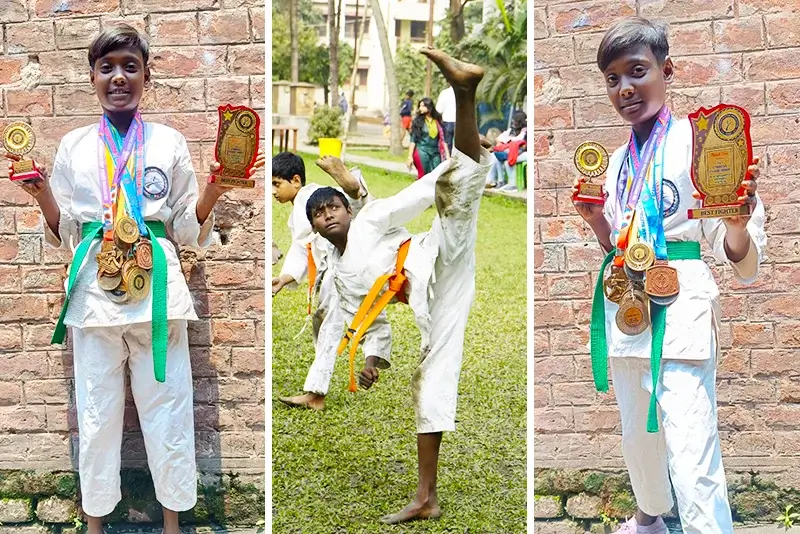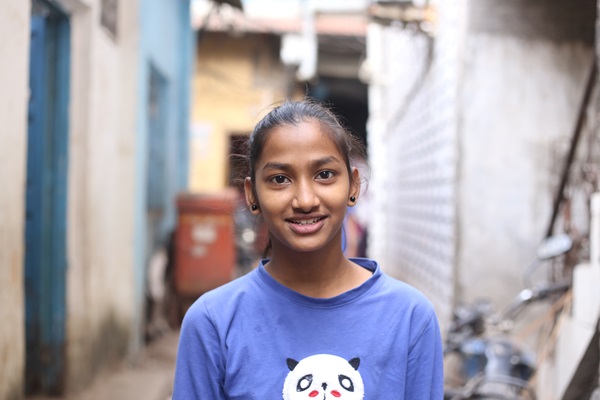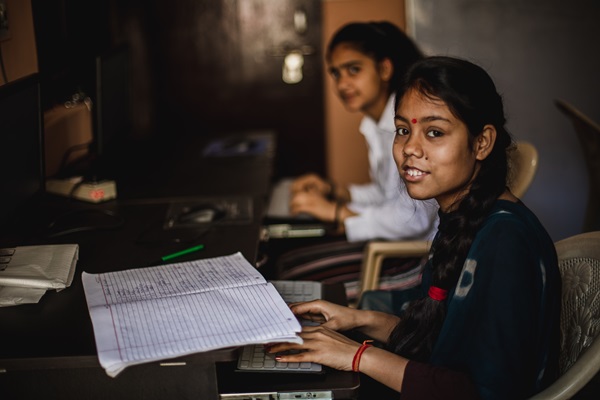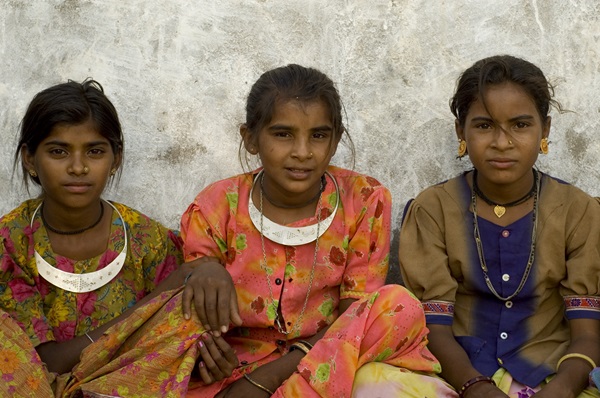
Fight Like A Girl
‘I love to fight’ quipped Rupali when I met this cheerful 13 year old girl during one of my visits to Kolkata. It was a joy to interact with ....
Read MoreIn India, efforts are being made to address the discrimination faced by girls from birth throughout their lives. In fact, reports say 1 in 3 child brides (UNICEF, 2014) worldwide are from India, and approximately 13 million girls work to support their families. Not only do they drop out of school, but they are also denied every opportunity to excel.
If they manage to survive these challenges, they will continue to experience prejudice throughout their lives, including forced marriage, physical assault, and sexual abuse. To address this lifetime discrimination, the Indian government has established certain laws that protect rights of girls from all forms of discrimination.

Read on as we go over these regulations in depth to help you get a better understanding of the legal framework surrounding girl child rights in India.

The Right to Education Act in India guarantees free and compulsory education to all children including disabled children of the age of 6 to 14 years. This empowers every child, regardless of gender, fostering informed and empowered girls who contribute significantly to society's progress. Children who are educated about their rights undoubtedly grow up to be self-sufficient and enlightened individuals, making valuable contributions to society.
The significance of this right extends beyond the classroom, as education equips girls with the tools to break societal barriers, pursue aspirations, and become catalysts for positive change.
For this, various NGOs such as CRY India support and protect the rights of children and work tirelessly to ensure underprivileged children.
Indian laws emphasize the rights of a girl child to a secure and nurturing environment, free from violence and exploitation. Legislation against child labour, trafficking, and harm ensures a protective shield, fostering an atmosphere conducive to healthy development.
The right to a safe environment is not just a legal provision; it is a cornerstone for building resilient, confident, and socially responsible individuals who will shape the future of the nation. Obviously, a child who has been raised in a safe and understanding environment will definitely be more receptive to creative ideas, which in turn will aid her in leading a progressive life.
To make this happen, CRY India addresses cases of child labour, trafficking, and abuse, rescuing children and providing them with secure shelters, counselling, and rehabilitation support.

The Prohibition of Child Marriage Act establishes 18 as the legal age for marriage for girls, eradicating a harmful practice and enabling girls to make informed choices about their lives. Additionally, the legal age for boys is 21.
Beyond legal implications, this right acts as a catalyst for societal transformation, challenging age-old norms and fostering an environment where girls are encouraged to pursue good education, careers, and personal growth without the constraints of early marriage.
NGOs such as CRY India ensure this by empowering girls through education, life skills training, and psycho-social support. This equips them with the knowledge, confidence, and resources to not be a victim of discrimination and to pursue their dreams.
Protection against sexual harassment is a fundamental aspect of ensuring the safety and dignity of the girl child. Laws such as the Protection of Children from Sexual Offences (POCSO) Act in India serve as robust measures against such offences.
Protecting our children's honour should be every citizen's topmost priority. When such terrible acts of crime against children are reported, and the criminals face the consequences of their actions, an example is set for the future, and a feeling of safety and justice prevails amongst the citizens.
CRY India is dedicated to finding solutions to India's long-standing child abuse problem. We collaborate with project partners at the grassroots level to support the rescue, recovery, and rehabilitation of trafficked victims.
Ensuring access to healthcare services for every individual is fundamental. India's legal framework prioritises maternal and child healthcare to lower infant mortality rates and foster a healthier society.
This right is not just a medical necessity; it is a societal investment in the well-being of future generations. Also, when provided with quality healthcare for little to no costs, families in the lower income brackets can focus on spending more on their girl child's education and other basic needs.
CRY India's health and nutrition initiatives take a preventative and responsive strategy to lower malnutrition, as well as India's child mortality rate (CMR), infant mortality rate (IMR), and maternal mortality rate (MMR), by linking communities to government services, policies, and benefits.
Indian laws uphold gender equality. The Indian judiciary has made provisions to implement regulations that prohibit gender discrimination, ensuring equal opportunities for every child and nurturing a culture of inclusivity. This right serves as the bedrock for dismantling gender stereotypes and fostering an environment where the girl child is viewed as an equal participant in the nation's progress.
By instilling the principles of equality from a young age, we not only increase the confidence of girls but also teach future generations not to look down upon anyone based on their gender.

Holistic development, encompassing nutrition, education, and skill development, is integral to empowering the girl child and contributing to societal progress. The legal provisions in India go beyond basic needs, emphasising the importance of nurturing talent and potential to bring out the best in our nation's little girls.
By providing avenues for development, we not only fulfil the girl child rights in India but also invest in a generation that will drive innovation, contribute to economic growth, and shape the destiny of the nation. When provided with equal development opportunities, girls have proved themselves to be just as capable as boys, if not more, when it comes to developing society.
CRY India aims to generate a positive ripple effect that helps not only individual children but entire communities by connecting them to government benefits, establishing learning tools, and encouraging community involvement.
Protection from exploitation, abuse, and neglect is important, with India's legal system providing stringent measures against offences like child trafficking and forced labour. This right forms the bedrock for a secure and nurturing environment where the girl child can grow and thrive without fear.
The Right to Protection ensures that little girls are free from worrying about their safety. Rather, they can focus on self-improvement through education, skill development and many more avenues.
Also, CRY India aggressively fights for child protection measures, ensuring that girls can thrive in safe environments. By addressing the systemic causes that sustain exploitation, we help to create an atmosphere in which every girl is safe and empowered.
Upholding the rights of the girl child is a shared responsibility of society and the nation's judicial system. While India's legal framework provides a robust foundation, active participation from society, parents, and policymakers is essential. We need to create an environment where every girl can realise her full potential without feeling unsafe.
At CRY India, we believe that education is the key to unlocking a girl’s full potential. There are numerous reasons why education is important for empowerment, spanning from cognitive development to societal change. As stakeholders, we are dedicated to building a world in which every girl child may learn, grow, and pursue her ambition.